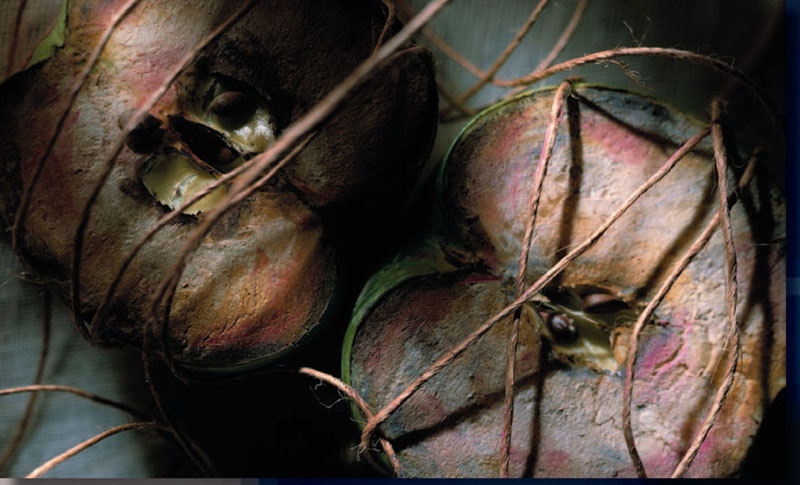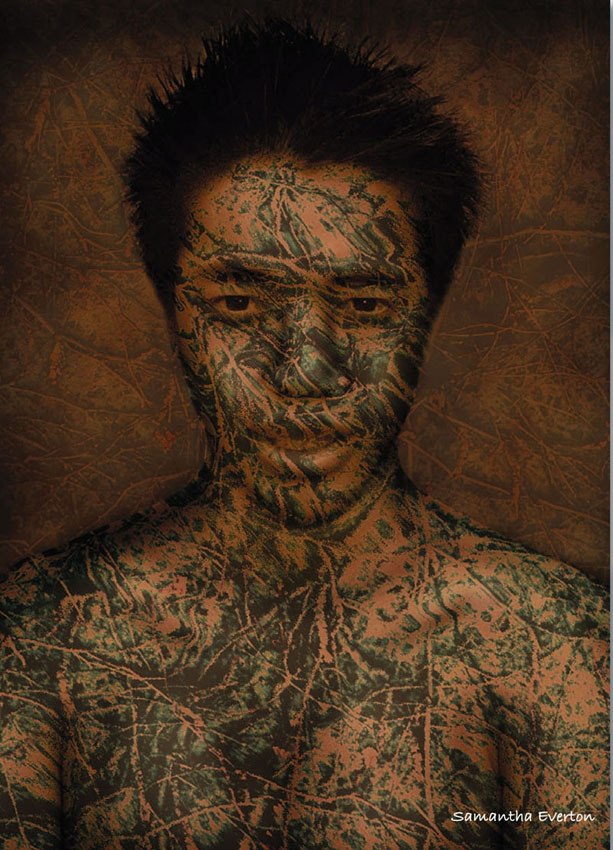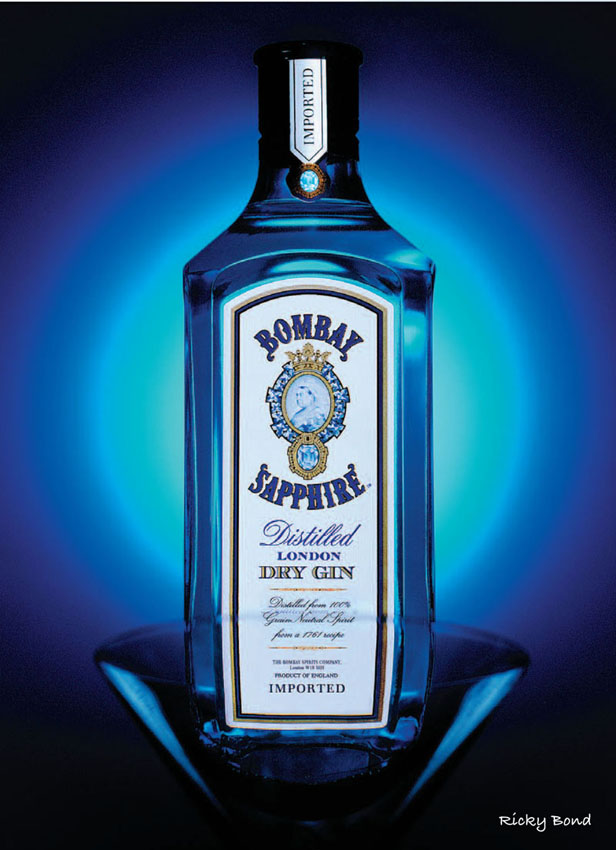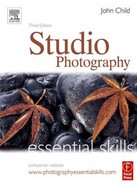Revision exercises
Chloe Paul

essential skills
• ~ Understand various methods and techniques used to create studio images.
• ~ Be aware of how photography can change our perception of the world.
• ~ Understand the history and development of the various genres of photography.
• ~ Understand how a photograph is a two-dimensional composition of lines, patterns and shapes.
• ~ Understand the process of working with an art director, art direction terminology and outcomes.
• ~ Gain knowledge and understanding of the use of artificial light sources, camera and associated equipment used in the studio and on location.
• ~ Gain knowledge and awareness of the effect of artificial light in the creation and control of lighting ratios, shade, contrast and exposure.
Genres
Q1. The first photograph falls into which genre?
(a) Fashion
(b) Portraiture
(c) Still life
Q2. What invention enabled photographers to reproduce copies from an original photograph?
(a) Polaroid
(b) Calotype
(c) Ambrotype
Q3. Which photographer is recognised as inventing the celebrity pin-up?
(a) Ansel Adams
(b) Andre Desderi
(c) Richard Avedon
Q4. One product above all others has changed the public’s approach to photography. When was it first put on the market?
(a) 1888
(b) 1826
(c) 1854
Q5. During the 1960s which photographer is recognised as challenging the traditional perception of portraiture?
(a) Julia Margaret Cameron
(b) Sarah Moon
(c) Diane Arbus
Q6. Two magazines were instrumental in the reproduction of fashion photographs. In which period did this start?
(a) 1870s
(b) 1880s
(c) 1890s
Communication and Design
Q1. How can a viewer be encouraged to make an objective opinion of an image?
(a) Using simple content
(b) Using complex content
(c) Using neither
Q2. We instinctively follow a pattern of visual perception when looking at an image. What is that pattern?
(a) Bottom left to top right
(b) Top right to bottom left
(c) Top left to bottom right
Q3. Where can a curved line be placed within a composition to greatly increase its effect?
(a) Edge of frame
(b) Centre of frame
(c) Top of frame
Q4. A horizontal image would best be suited to which image format?
(a) Portrait
(b) Landscape
(c) 35mm
Q5. Which camera format would best be suited to an A4 layout?
(a) 6 × 6cm
(b) 35mm
(c) 6 × 9cm
Q6. Horizontal lines create a sense of stability. What type of line creates tension?
(a) Vertical
(b) Diagonal
(c) Curved
Art Direction
Q1. When referring to typography an art director is talking about which element of the art work?
(a) Image
(b) Logo
(c) Copy
Q2. What is the name given to the guideline to which the photographer has to work?
(a) Layout
(b) Script
(c) Estimate
Q3. In a double page spread allowance should be made for what part of the printing process?
(a) Bleed
(b) Colour
(c) Gutter
Q4. The camera should be orientated to which format when taking a photograph for a single full page advertisement?
(a) Landscape
(b) Portrait
(c) Horizontal
Q5. The art director is responsible for the overall look of the advertisement. Who writes the text?
(a) Account director
(b) Client
(c) Copywriter
Q6. As a photographer commissioned to take a photograph your responsibility is to whom?
(a) Bank manager
(b) Client
(c) Subject
The Studio
Q1. What is the most important thing to exclude from a studio?
(a) Heat
(b) External light
(c) People
Q2. What is meant by a compound lens?
(a) Lens with a single element
(b) Lens with more than one focal length
(c) Lens with more than one element
Q3. How do you estimate what is a normal focal length lens when working with different format cameras?
(a) Measure the diagonal of the image format
(b) Call the manufacturer
(c) Guess
Q4. Compared to a normal lens a long lens will give what field of view?
(a) Wider
(b) The same
(c) Narrower
Q5. What device can be used to control the spread of light from a tungsten light source?
(a) Diffusion screen
(b) Barn door
(c) Filter
Q6. What piece of equipment can be used to reduce lens flare?
(a) Filter
(b) C-stand
(c) Lens hood
Light
Q1. A subject two metres from a light source is correctly exposed at 1/60 second at f5.6. The light is moved a further two metres away. If the output of the light is constant, what would the new exposure time be if the aperture remains at f5.6?
(a) 1/30 second
(b) 1/15 second
(c) 1/4 second
Q2. A subject two metres from a light source and camera is correctly exposed at 1/30 second at f8. If the subject to light distance remains constant but the subject to camera distance is doubled, what will the exposure aperture be at 1/30 second?
(a) f8
(b) f5.6
(c) f11
Q3. What filter is required when using daylight film with a tungsten-halogen light source?
(a) 85B
(b) None
(c) 80A
Q4. If the reflectance range of a subject is four stops or 16:1 and the lighting ratio is two stops or 4:1 what will be the subject brightness range (SBR)?
(a) 64:1
(b) 20:1
(c) 12:1
Q5. Two lights are used to light a subject. The first light (spotlight) is three metres from the subject and measures f16. The second light (floodlight) is two metres from the subject and measures f8. What is the lighting ratio between the lights?
(a) 2:1
(b) 8:1
(c) 4:1
Q6. Of the four main types of artificial light used in a studio, which has a colour temperature closest to noon on a clear day?
(a) Photoflood
(b) Flash
(c) Tungsten-halogen
Exposure
Q1. A subject two metres from a single light source is correctly exposed at 1/60 second at f5.6. The light is moved to a new position four metres from the subject. What is the new exposure if time remains constant?
(a) f8
(b) f4
(c) f2.8
Q2. Changing exposure from f4 at 1/60 second to f11 at 1/60 second has increased or decreased the amount of light entering the camera by how many times?
(a) plus 3x
(b) minus 8x
(c) minus 6x
Q3. What does an incident reading measure?
(a) Light falling on a subject
(b) Light reflected from a subject
(c) Both
Q4. When using Caucasian skin to establish an exposure reading, what adjustment should be made to the MIE to correctly expose for a mid-tone?
(a) plus one stop
(b) None
(c) minus one stop
Q5. What is the lighting ratio of a subject measuring f16 in the highlights and f5.6 in the shadows?
(a) 6:1
(b) 3:1
(c) 8:1
Q6. Correct exposure is f8 at 1/30 second. What would be the aperture at 1/4 second?
(a) f22
(b) f4
(c) f32
Image Capture
Q1. Tungsten film will give correct colour when used with which light source?
(a) Flash
(b) Photoflood
(c) Daylight
Q2. What is the colour temperature of that light source?
(a) 5800K
(b) 8000K
(c) 3200K
Q3. The exposure at ISO 100 is 1/15 second at f8.
What will the exposure be at ISO 400 if aperture remains constant?
(a) 1/60 second
(b) 1/30 second
(c) 1/8 second
Q4. Processing reversal film in a negative process will give what result?
(a) No colour
(b) Positive image
(c) Negative colour
Q5. Which image file format uses the least amount of memory per image?
(a) TIFF
(b) RAW
(c) JPEG
Q6. Which has the greater latitude?
(a) Colour negative
(b) Colour reversal
(c) Polaroid
Creative Controls
Q1. How far into a subject would a photographer focus to maximise depth of field?
(a) 1/2
(b) 1/3
(c) 2/3
Q2. What camera mechanism allows a photographer to judge depth of field at exposure aperture?
(a) Cable release
(b) Shutter
(c) Preview button
Q3. What would be the slowest shutter speed recommended to stop image blur when using a tungsten light source?
(a) 1/30 second
(b) 1/60 second
(c) 1/125 second
Q4. When using a slow shutter speed how can a photographer eliminate camera shake?
(a) Use a small format camera
(b) Use a cable release
(c) Use a tripod
Q5. The closest point of focus is achieved when the lens is at its:
(a) longest physical length?
(b) shortest physical length?
(c) any physical length?
Q6. Selective focus is best achieved at:
(a) maximum aperture?
(b) fastest shutter speed?
(c) minimum aperture?
Using Light
Q1. An incident meter reading of a subject with average SBR two metres from a light source is f11 at 1/60 second. What will the aperture be at 1/30 second if the light is moved another two metres further away from the subject?
(a) f5.6
(b) f8
(c) f4
Q2. What affect does the colour temperature of tungsten light have upon black and white film?
(a) Increases exposure
(b) Increases contrast
(c) Decreases exposure
Q3. What is the name given to the shaped piece of optical glass used to bring a spotlight to focus?
(a) Focusing lens
(b) Panchromatic lens
(c) Fresnel lens
Q4. Barn doors can control the shape of a light source. What attachment can control the intensity of the light?
(a) Colour correction filter
(b) Net
(c) Power pack
Q5. A red filter will have what affect upon black and white film?
(a) None
(b) Lighten red light waves
(c) Darken red light waves
Q6. A polarising filter will have what affect upon tungsten colour film?


